Chevy Volt Catches Fire After Crash Test, Investigation Under Way
The Chevy Volt fire rumors started early this week, when the utility company Duke Energy told its customers to stop using their Chevy Volt home chargers after an October 30 fire. At last word, NHTSA said that
No conclusions have yet been reached regarding the cause of the fire. We are continuing to monitor the situation.
But it seems that the investigation is coming home, as Bloomberg just reported that a Chevy Volt caught fire at a NHTSA facility, shortly weeks after being crash tested.
The Volt caught fire while parked at a National Highway Traffic Safety Administration testing center in Wisconsin, three weeks after a side-impact crash test, said an agency official. The official, as well as the three other people familiar with the inquiry, said they couldn’t be named because the investigation isn’t public.
The fire was severe enough to burn vehicles parked near the Volt, the agency official said. Investigators determined the battery was the source of the fire, the official said.
Ruh-Roh!
GM’s response came from spokesman Greg Martin, who insists that the Volt would not have caught fire had NHTSA followed GM’s post-crash safety protocols.
In June, GM and NHTSA both crashed a Volt and could not replicate the May fire, Martin said. GM has safety procedures for handling the Volt and its battery after an accident. Had those been followed, there wouldn’t have been a fire, he said in a phone interview.
“There are safety protocols for conventional cars,” Martin said. “As we develop new technology, we need to ensure that safety protocols match the technology.”
The Volt has received NHTSA’s top safety rating based on crash testing, although in the side impact test, some metal did apparently penetrate the Volt’s battery. Whether or not that’s related to this latest fire, whether NHTSA did in fact follow post-crash procedures and other key details remain unconfirmed at this time. The government is in contact with other automakers currently selling or planning to sell cars with lithium-ion batteries as its investigation rolls on.
UPDATE: GM Chief EV Engineer Jim Federico writes
First and foremost, I want to make this very clear: the Volt is a safe car. We are working cooperatively with NHTSA as it completes its investigation. However, NHTSA has stated that based on available data, there’s no greater risk of fire with a Volt than a traditional gas-powered car.
Safety protocols for electric vehicles are clearly an industry concern. At GM, we have safety protocols to depower the battery of an electric vehicle after a significant crash.
We are working with other vehicle manufacturers, first responders, tow truck operators, and salvage associations with the goal of implementing industry-wide protocols.
More by Edward Niedermeyer
Latest Car Reviews
Read moreLatest Product Reviews
Read moreRecent Comments
- Brandon I would vote for my 23 Escape ST-Line with the 2.0L turbo and a normal 8 speed transmission instead of CVT. 250 HP, I average 28 MPG and get much higher on trips and get a nice 13" sync4 touchscreen. It leaves these 2 in my dust literally
- JLGOLDEN When this and Hornet were revealed, I expected BOTH to quickly become best-sellers for their brands. They look great, and seem like interesting and fun alternatives in a crowded market. Alas, ambitious pricing is a bridge too far...
- Zerofoo Modifications are funny things. I like the smoked side marker look - however having seen too many cars with butchered wire harnesses, I don't buy cars with ANY modifications. Pro-tip - put the car back to stock before you try and sell it.
- JLGOLDEN I disagree with the author's comment on the current Murano's "annoying CVT". Murano's CVT does not fake shifts like some CVTs attempt, therefore does not cause shift shock or driveline harshness while fumbling between set ratios. Murano's CVT feels genuinely smooth and lets the (great-sounding V6) engine sing and zing along pleasantly.
- JLGOLDEN Our family bought a 2012 Murano AWD new, and enjoyed it for 280K before we sold it last month. CVT began slipping at 230K but it was worth fixing a clean, well-cared for car. As soon as we sold the 2012, I grabbed a new 2024 Murano before the body style and powertrain changes for 2025, and (as rumored) goes to 4-cyl turbo. Sure, the current Murano feels old-school, with interior switchgear and finishes akin to a 2010 Infiniti. That's not a bad thing! Feels solid, V6 sounds awesome, and the whole platform has been around long enough that future parts & service wont be an issue.


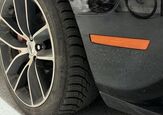












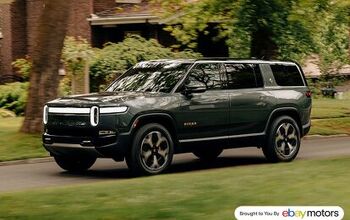
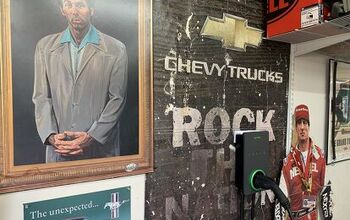



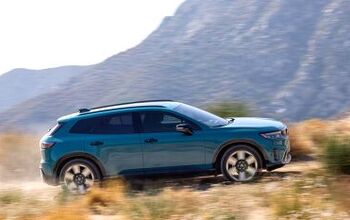

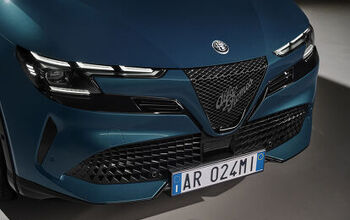


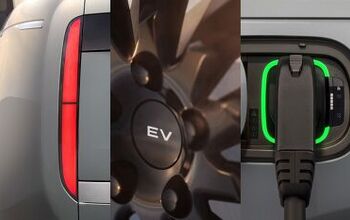
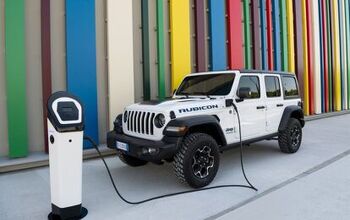

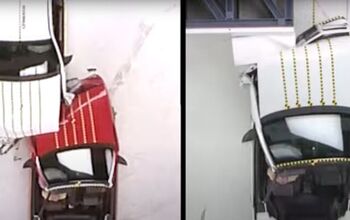
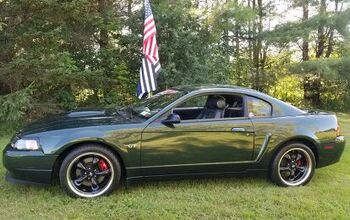

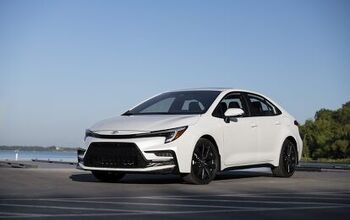

Comments
Join the conversation
The nagging question I have is does GM really know that their decommissioning protocols were not followed, and specifically which steps were left out? If GM does know this, and they know that if those protocols were followed, then they have a very good starting point for identifying how the fire started. My gut tells me that the NHTSA performed standard post-crash procedures for a normal car, but not an EV.
This link probably sums up everything. http://bottomline.msnbc.msn.com/_news/2011/11/11/8761004-federal-testers-may-have-caused-chevy-volt-fire-gm-says The wrecked vehicle was subsequently moved to what GM spokesman Rob Peterson called “the boneyard,” where it was left unattended, no action taken to deal with either the vehicle’s charged lithium-ion battery or the coolant fluid that had, in fact, leaked out after the crash test. The gas tank used to power Volt’s back-up gas engine was drained. Preliminary evidence indicates that over time the normally inert coolant came into contact with some of the LIon battery cells. In liquid form that would not be a problem, but it eventually “crystallized” as the Wisconsin weather turned cold at night, according to Peterson. That eventually led to the battery shorting out and catching fire, apparently, though a formal cause has not been announced by safety regulators. ... “NHTSA didn’t follow our protocol,” which would have required the agency to “de-energize the battery after the crash test," Peterson said. But, Peterson quickly added that it appears NHTSA employees “didn’t know our protocol,” which was developed after GM conducted its own crash tests. So, it looks like the NHTSA didn't do what they were supposed to do but didn't know what they were supposed to do.